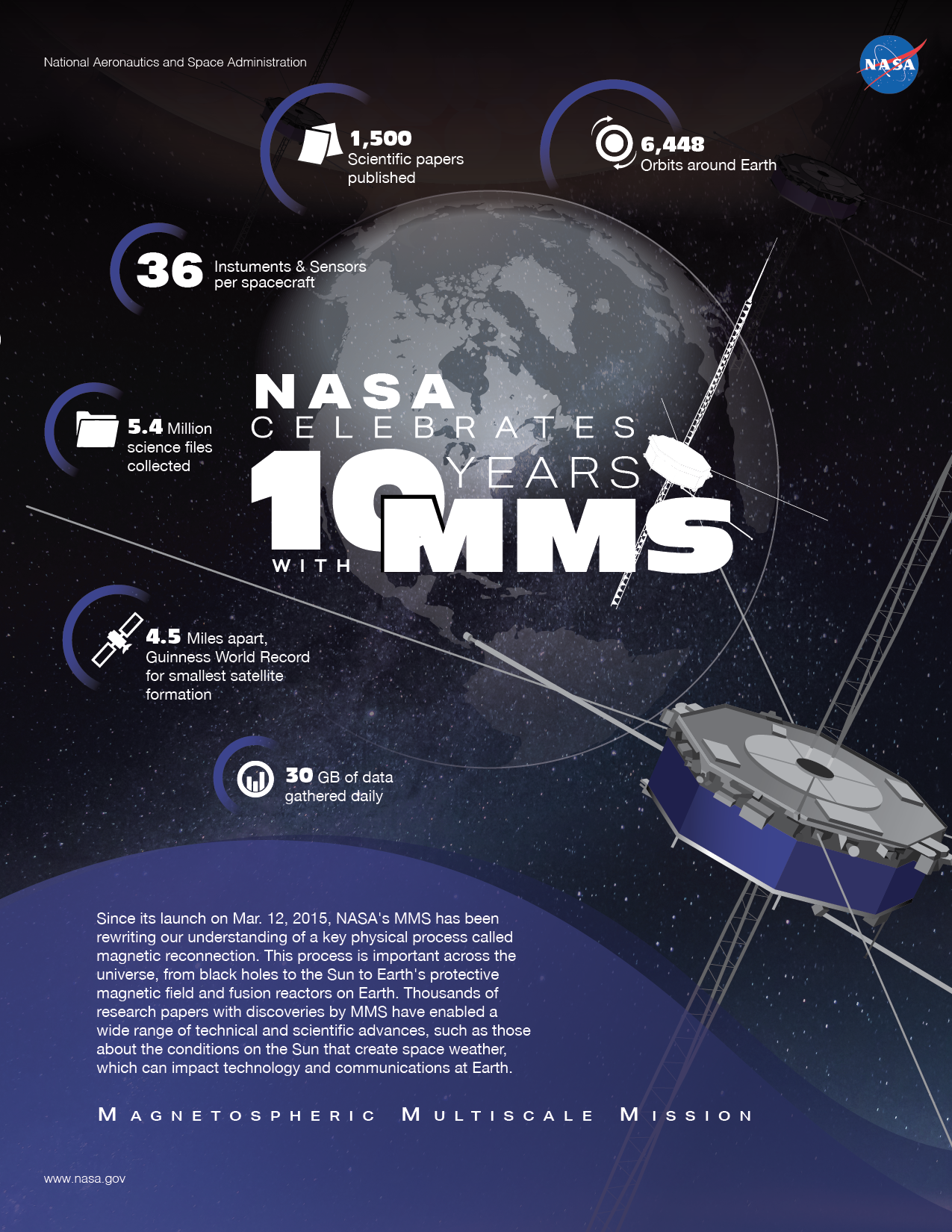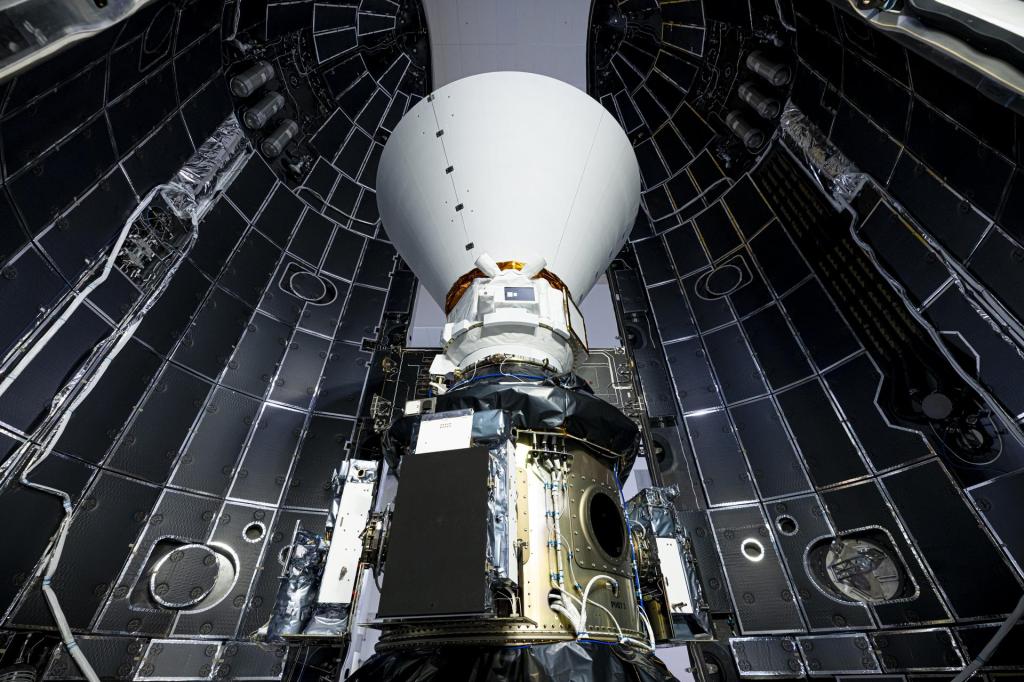Saturn’s shadow sweeps across the rings in a view captured on Nov. 5, 2006 by NASA’s Cassini spacecraft. In the bottom half of the image, the countless icy particles that make up the rings bask in full daylight. In the top half, they move through Saturn’s shadow. On the right side of the image, the planet’s night side, dimly lit by reflected ringshine, can be seen through gaps in the darkened rings.
This view is a mosaic of four visible light images taken with Cassini’s narrow-angle camera at a distance of approximately 932,000 miles (1.5 million kilometers) from Saturn.
The Cassini spacecraft ended its mission on Sept. 15, 2017.
The Cassini mission is a cooperative project of NASA, ESA (the European Space Agency) and the Italian Space Agency. The Jet Propulsion Laboratory, a division of the California Institute of Technology in Pasadena, manages the mission for NASA’s Science Mission Directorate, Washington. The Cassini orbiter and its two onboard cameras were designed, developed and assembled at JPL. The imaging operations center is based at the Space Science Institute in Boulder, Colorado.
For more information about the Cassini-Huygens mission visit https://saturn.jpl.nasa.gov and https://www.nasa.gov/cassini. The Cassini imaging team homepage is at http://ciclops.org.
Credit: NASA/JPL-Caltech/Space Science Institute




























